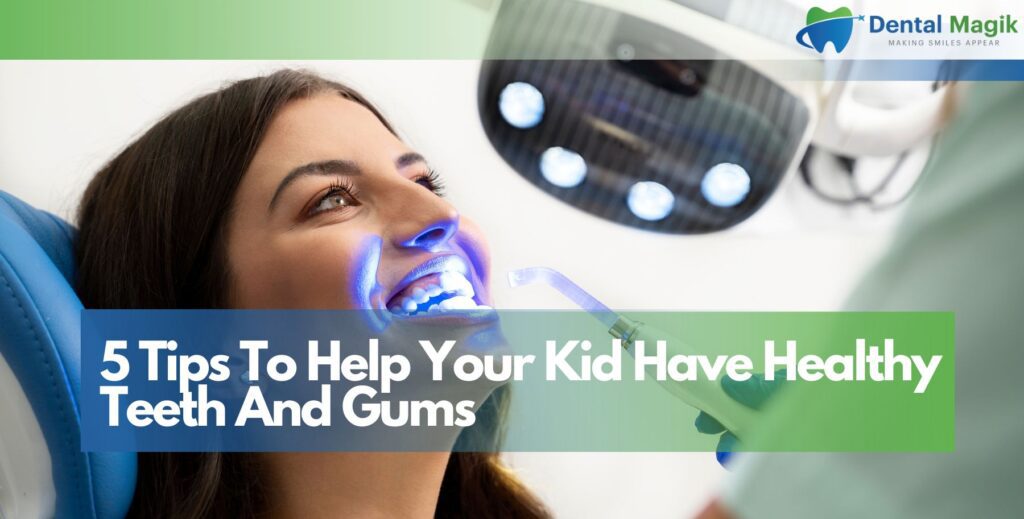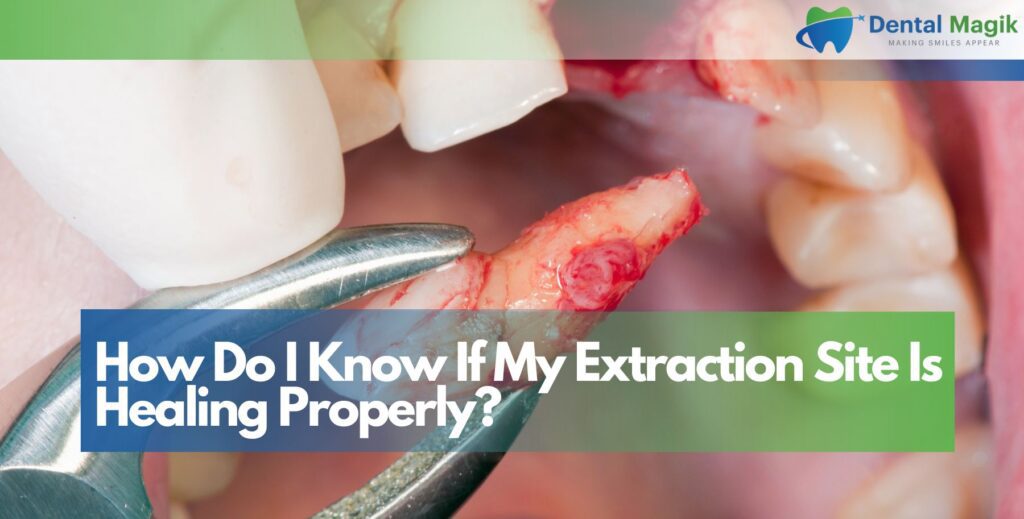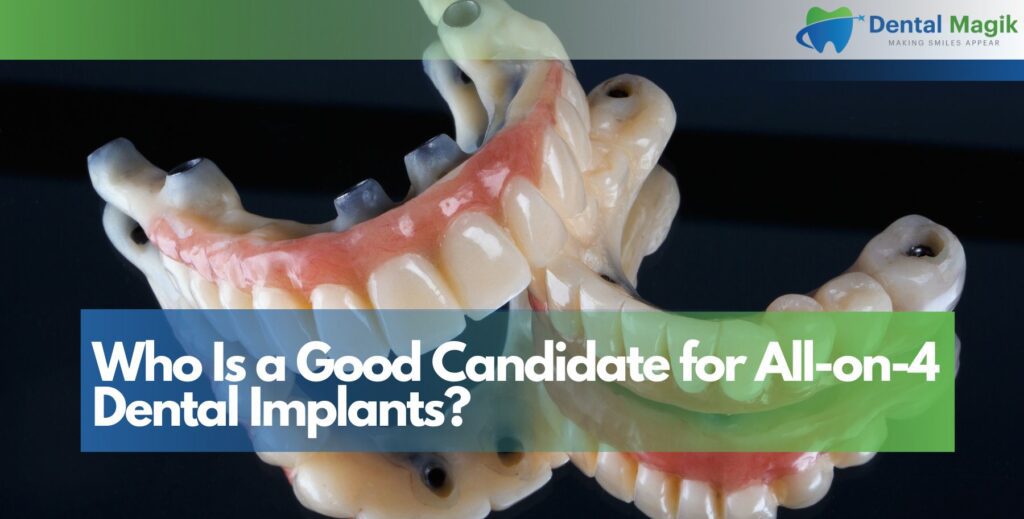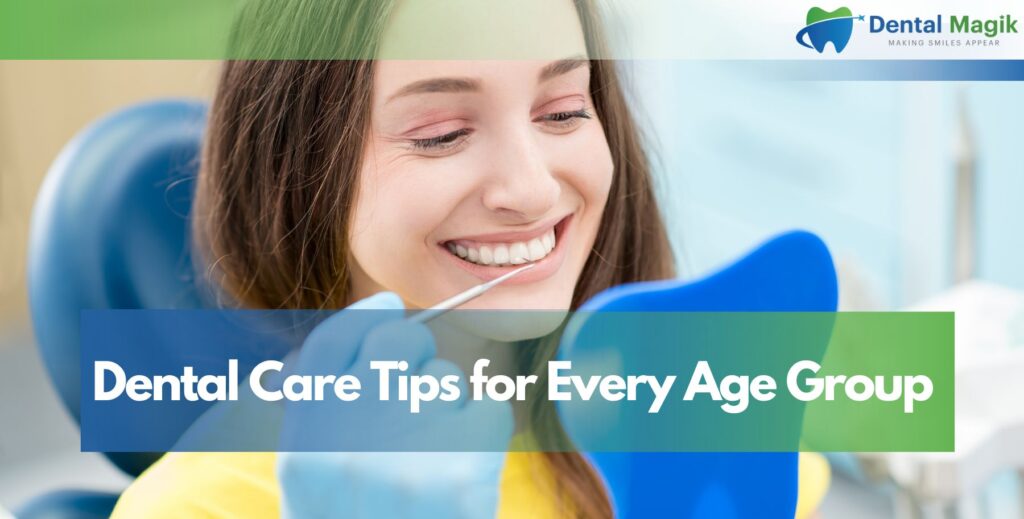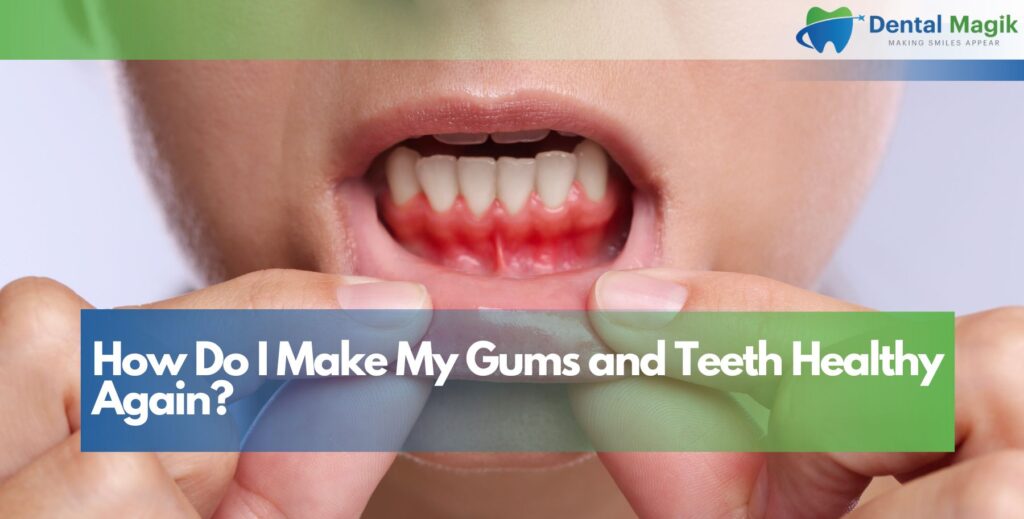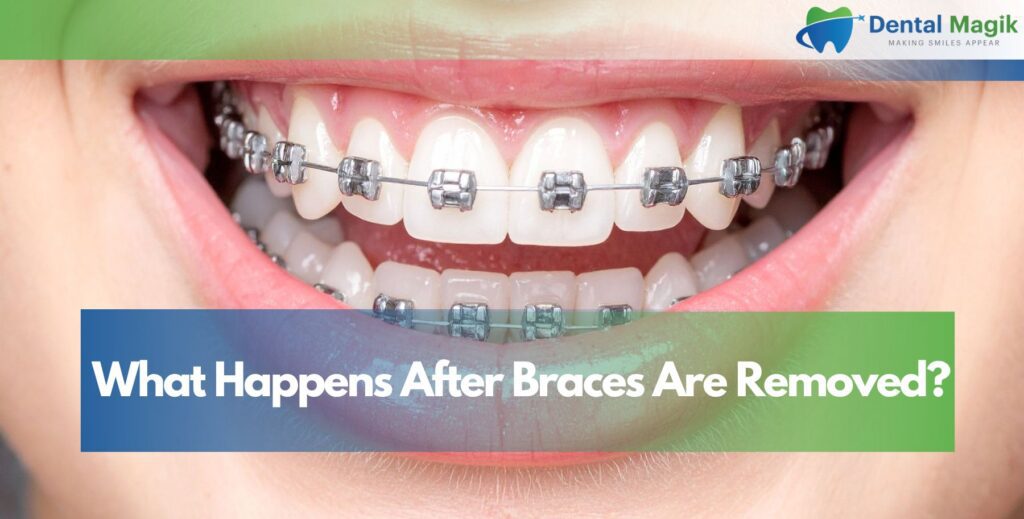Every parent wants their child to have a bright, healthy smile that lasts a lifetime. The foundation for excellent oral health is established during childhood, making it crucial to develop good dental habits early on. When children learn proper oral hygiene practices and understand the importance of taking care of their teeth and gums, they’re setting themselves up for years of healthy smiles and fewer dental problems down the road.
The statistics surrounding childhood dental health can be concerning. According to the Centers for Disease Control and Prevention, tooth decay affects more children than any other chronic disease. However, the good news is that most dental problems in children are entirely preventable with the right approach, consistent care, and proper guidance. By implementing these five essential tips, you can help your child develop excellent oral health habits that will serve them well throughout their life.
Tip 1: Establish a Consistent Daily Brushing and Flossing Routine
The cornerstone of good oral health is maintaining a consistent daily routine of brushing and flossing. Children should brush their teeth at least twice a day – once in the morning and once before bedtime. This routine helps remove plaque buildup, food particles, and bacteria that can lead to tooth decay and gum disease.
When it comes to brushing technique, parents should supervise and assist young children until they develop the motor skills necessary to brush effectively on their own, typically around age 6 or 7. Use a soft-bristled toothbrush that’s appropriately sized for your child’s mouth, and replace it every three to four months or sooner if the bristles become frayed.
For children under three years old, use just a smear of fluoride toothpaste about the size of a grain of rice. Children aged three to six should use a pea-sized amount of fluoride toothpaste. Teach your child to brush in gentle, circular motions rather than aggressive back-and-forth scrubbing, which can damage tooth enamel and irritate gums.
Flossing is equally important but often overlooked in children’s oral care routines. Once your child has two teeth that touch, it’s time to start flossing. Daily flossing removes plaque and food particles from between teeth where toothbrush bristles can’t reach effectively. For younger children, floss picks or water flossers can make this process easier and more enjoyable.
Making the routine fun and engaging is key to long-term success. Consider using a timer or playing a favorite song during brushing time to ensure your child brushes for the recommended two minutes. Some parents find success with brushing charts or reward systems that celebrate consistent daily care.
Tip 2: Choose Tooth-Friendly Foods and Limit Sugary Snacks
Diet plays a significant role in dental health, and what your child eats directly impacts their teeth and gums. The bacteria in the mouth feed on sugars and starches from food, producing acids that can erode tooth enamel and lead to cavities. By making smart food choices, you can help protect your child’s teeth while still providing nutritious, enjoyable meals and snacks.
Encourage your child to eat plenty of tooth-friendly foods that promote oral health. Dairy products like milk, cheese, and yogurt are excellent choices because they’re rich in calcium and phosphorus, which help strengthen tooth enamel. Leafy green vegetables such as spinach and kale provide essential vitamins and minerals while requiring more chewing, which stimulates saliva production and helps clean the teeth naturally.
Fresh fruits and vegetables make excellent snacks, but be mindful of timing and preparation. Crunchy fruits and vegetables like apples, carrots, and celery act as natural toothbrushes, helping to scrub away plaque and food particles. However, fruits contain natural sugars, so it’s best to serve them with meals rather than as standalone snacks throughout the day.
Limit sugary and starchy snacks, particularly those that stick to teeth like gummy candies, dried fruits, and crackers. When your child does consume sugary treats, encourage them to eat them with meals rather than as standalone snacks. This approach minimizes the amount of time teeth are exposed to acid attacks from bacteria.
Water should be your child’s primary beverage. It helps rinse away food particles and bacteria while keeping the mouth hydrated. Limit fruit juices, sports drinks, and sodas, which are high in sugar and acid. If your child does drink these beverages occasionally, use a straw to minimize contact with teeth and encourage them to rinse with water afterward.
Tip 3: Ensure Regular Professional Dental Checkups and Cleanings
Regular dental visits are essential for maintaining your child’s oral health and catching potential problems early when they’re easier and less expensive to treat. The American Academy of Pediatric Dentistry recommends that children have their first dental visit by their first birthday or within six months of their first tooth appearing.
These early visits serve multiple purposes beyond just examining teeth. They help your child become comfortable with the dental office environment and build a positive relationship with their dental care provider. Early visits also allow the dentist to monitor your child’s oral development, provide guidance on proper care techniques, and identify any potential issues before they become serious problems.
Most children should visit the dentist every six months for routine checkups and cleanings. However, some children may need more frequent visits based on their individual risk factors, such as a history of cavities, orthodontic treatment, or other oral health concerns. Professional cleanings remove plaque and tartar buildup that regular brushing and flossing might miss, helping to prevent cavities and gum disease.
During these visits, dental professionals can also provide valuable education and reinforcement of good oral hygiene habits. They can demonstrate proper brushing and flossing techniques, discuss dietary choices, and answer any questions your child might have about their oral health. This professional guidance complements the care you provide at home and helps ensure your child receives comprehensive dental care.
Preventive treatments offered during dental visits can provide additional protection for your child’s teeth. Fluoride treatments help strengthen tooth enamel and make teeth more resistant to decay. Dental sealants, which are thin protective coatings applied to the chewing surfaces of back teeth, can prevent cavities in the deep grooves where food particles and bacteria often accumulate.
Tip 4: Protect Teeth During Sports and Physical Activities
Physical activity is important for children’s overall health and development, but it also presents certain risks to dental health. Dental injuries from sports and recreational activities are common among children and can result in chipped, cracked, or knocked-out teeth. Taking proper precautions can help protect your child’s smile while they stay active and enjoy their favorite activities.
Mouthguards are the most effective way to protect teeth during sports and physical activities. They create a barrier between the teeth and potential impact, absorbing and distributing the force of a blow to reduce the risk of dental injuries. Custom-fitted mouthguards provided by a dentist offer the best protection and comfort, but over-the-counter options are also available for many activities.
Consider mouthguards for any activity where there’s a risk of contact with other players, equipment, or surfaces. This includes obvious contact sports like football, hockey, and basketball, but also activities like skateboarding, gymnastics, and even playground activities where falls are possible. The American Dental Association recommends mouthguards for more than 20 different sports and activities.
Teach your child proper safety habits beyond just wearing protective equipment. This includes being aware of their surroundings during play, following rules and guidelines for sports activities, and avoiding behaviors that could lead to dental injuries, such as chewing on hard objects or using teeth as tools to open packages or bottles.
If a dental injury does occur, knowing how to respond quickly and appropriately can make the difference between saving and losing a tooth. For a knocked-out permanent tooth, handle it by the crown (not the root), rinse it gently with water if dirty, and try to place it back in the socket if possible. If that’s not possible, store the tooth in milk or saliva and seek emergency dental care immediately.
Tip 5: Lead by Example and Make Oral Care a Family Priority
Children learn best by observing and imitating the adults in their lives, making parental modeling one of the most powerful tools for establishing good oral health habits. When parents demonstrate consistent oral care practices and show enthusiasm for dental health, children are more likely to adopt these same positive behaviors and attitudes.
Make oral care a family activity by brushing and flossing together whenever possible. This shared routine not only ensures that everyone in the family maintains good oral hygiene but also provides opportunities for parents to guide and encourage their children. Children often find it more enjoyable and less of a chore when the whole family participates together.
Demonstrate proper technique and explain why each step is important. When children understand the reasoning behind good oral care practices, they’re more likely to continue these habits independently as they grow older. Use age-appropriate language to explain concepts like plaque, cavities, and gum disease, helping your child understand the connection between their daily habits and their oral health.
Create a positive atmosphere around dental care by celebrating milestones and achievements. Praise your child for remembering to brush without reminders, for using proper technique, or for good reports from dental visits. This positive reinforcement helps build confidence and motivation to continue good habits.
Address any dental anxiety or fears your child might have with patience and understanding. Share your own positive experiences with dental care and emphasize the importance of regular dental visits for maintaining health. If your child expresses concerns about dental procedures, acknowledge their feelings while providing reassurance and factual information about what to expect.
Consider involving your child in choosing their oral care products, such as letting them pick their toothbrush color or flavor of toothpaste (within appropriate options). This involvement gives them a sense of ownership and control over their oral care routine, which can increase their willingness to participate consistently.
Building Lifelong Healthy Habits
Establishing good oral health habits during childhood creates a foundation that will benefit your child throughout their entire life. The habits they develop now will likely continue into adulthood, potentially saving them from more complex and expensive dental treatments in the future. Beyond the obvious benefits of healthy teeth and gums, good oral health is connected to overall health and well-being.
Research has shown links between oral health and various systemic health conditions, making childhood dental care an investment in your child’s long-term health. Children with healthy teeth and gums are more likely to have better nutrition, as they can comfortably eat a variety of healthy foods. They also tend to have better self-esteem and confidence, as they feel good about their smile and aren’t embarrassed by dental problems.
The habits and attitudes formed during childhood often persist throughout life. Children who learn to value and prioritize their oral health are more likely to continue these practices as adults, reducing their risk of tooth loss, gum disease, and other oral health problems later in life. They’re also more likely to seek regular dental care and address problems promptly when they arise.
Consistency is key to success in developing these lifelong habits. While it may take time and patience to establish new routines, the long-term benefits are well worth the effort. Remember that setbacks are normal, and it’s important to approach oral care with patience and persistence rather than frustration or punishment.
Conclusion
Helping your child develop healthy teeth and gums is one of the most valuable gifts you can give them. By establishing consistent daily routines, making smart dietary choices, ensuring regular professional care, protecting teeth during activities, and leading by example, you’re setting your child up for a lifetime of healthy smiles and overall wellness.
Remember that every child is unique, and what works for one may need to be adjusted for another. Be patient with the process and celebrate small victories along the way. The investment you make in your child’s oral health now will pay dividends for years to come.
If you’re looking for professional dental care for your child, consider consulting with a qualified dentist in East Brunswick who can provide comprehensive oral health services tailored to your child’s specific needs. Professional guidance combined with your dedication to home care will ensure your child has the best possible foundation for lifelong oral health.

